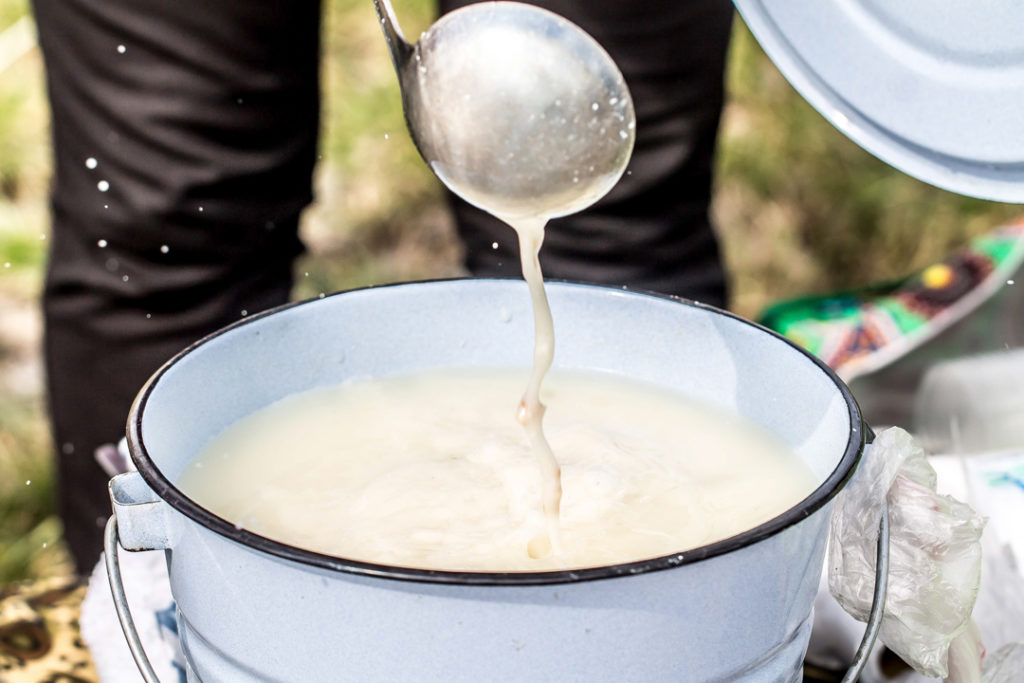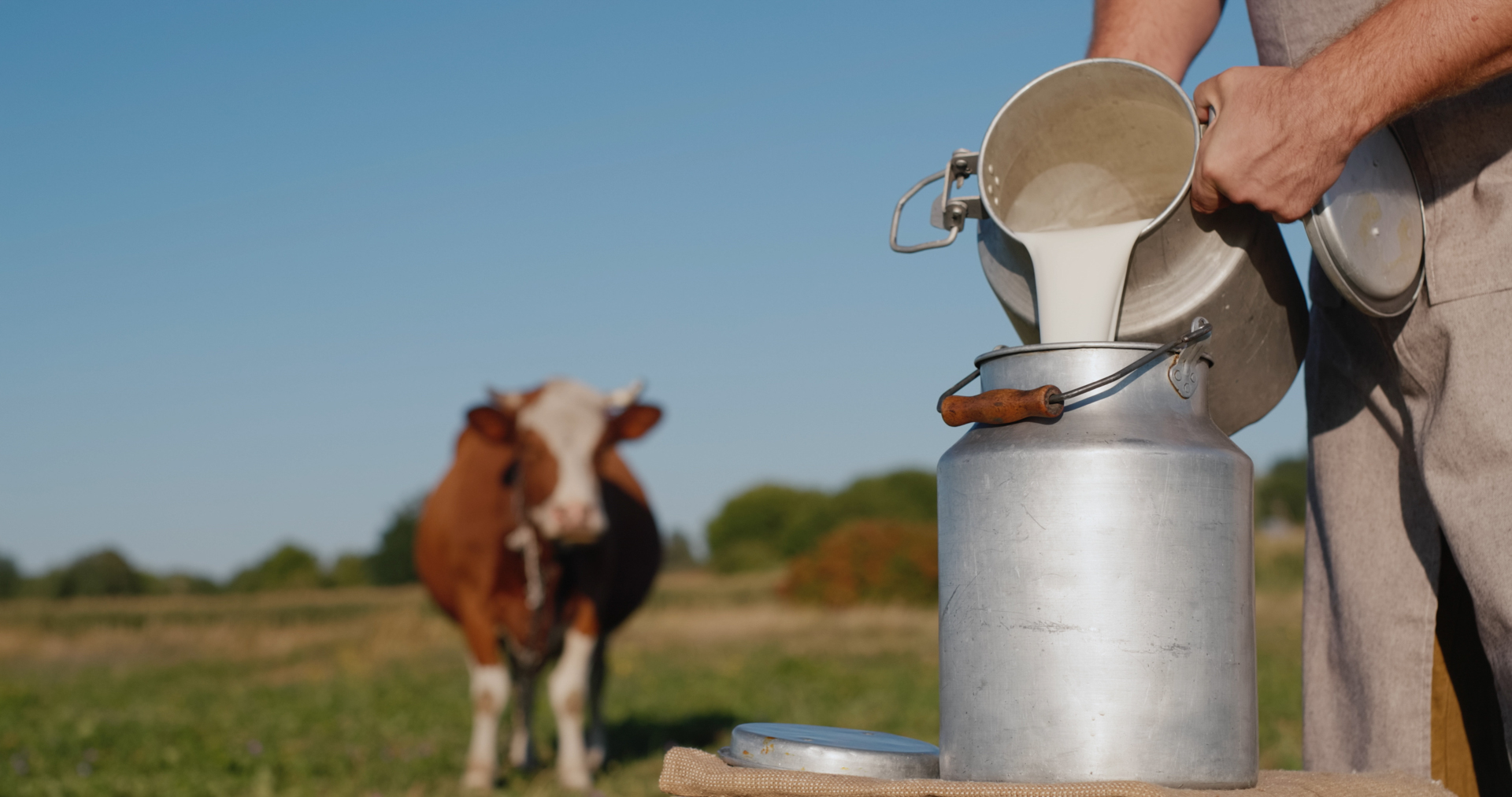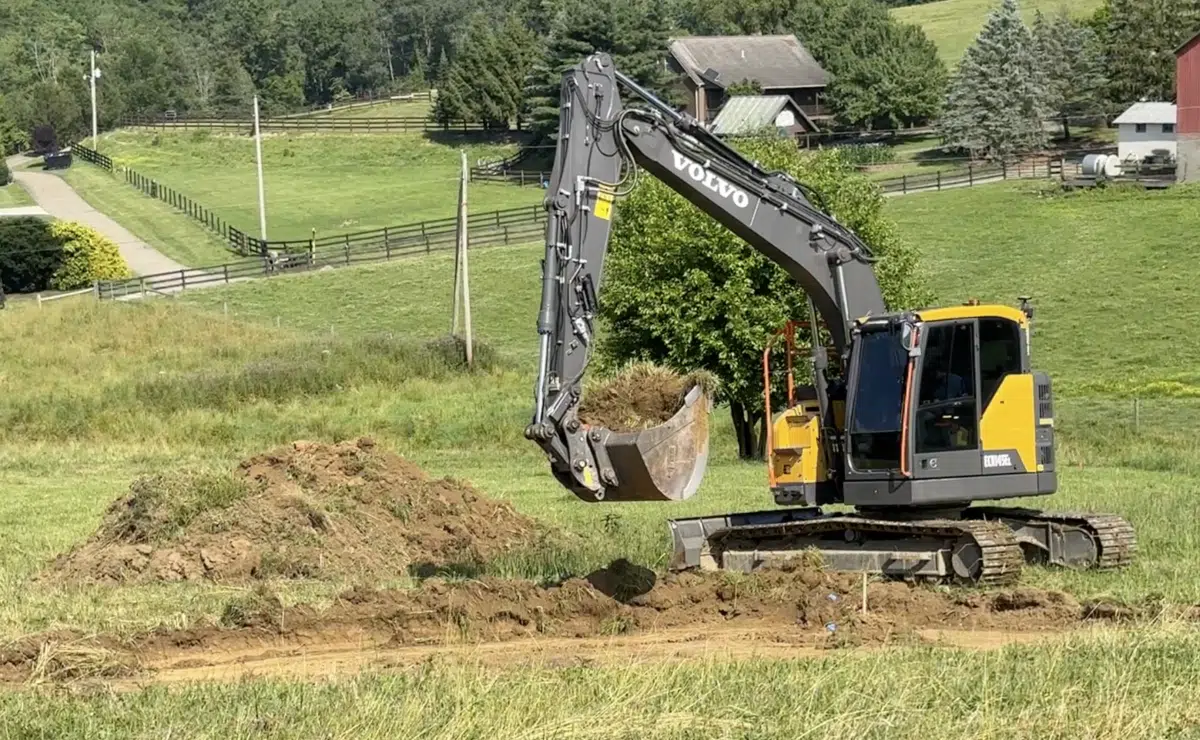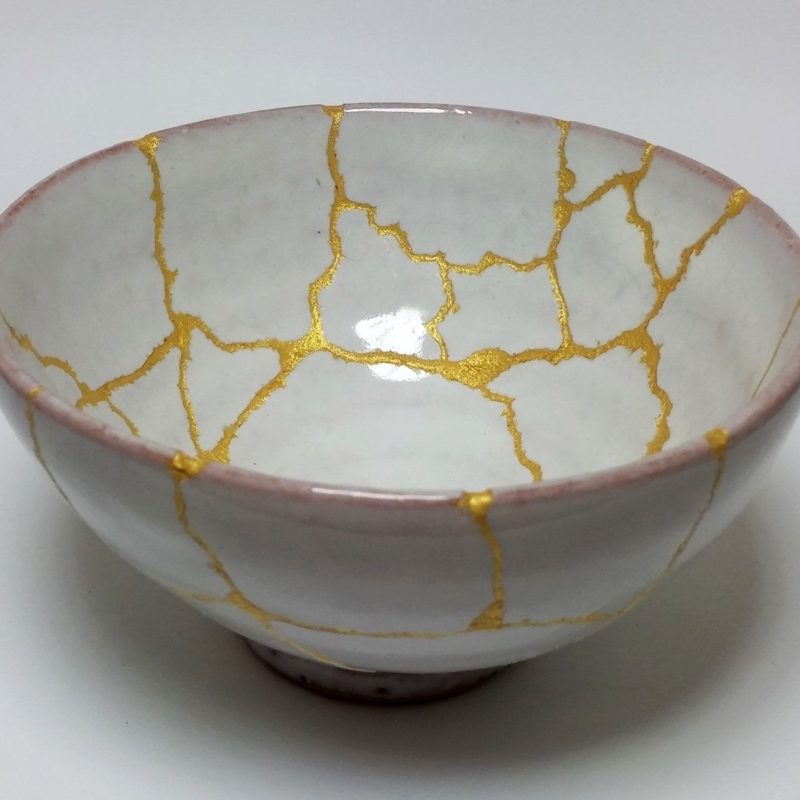words by: Shawn + Beth Dougherty
The corn in the garden is already more than knee high, and the first planting of green beans has been gracing the supper table for more than a week, so summer must really be here. And even with temperatures in the high eighties making heat-wrinkles over the county road, we’re happy to see the seasons advance. Pretty soon there will be okra to fry and tomatoes in our salads. The land is generous in July.
Out in the pasture, this year’s crop of calves are no longer the slim, fawn-like creatures they were in April and May. Weeks of rich milk have turned them into sturdy steers and heifers, grazing alongside their mothers in the tall grass, or finding cool spots at the edge of the woods when the sun gets high. Various shades of fawn, brown, and black, their coats are satin-sleek, shiny against the deep green forage. They are the very picture of health.
There is something right about living here, tending these animals and plants, and being rooted in this place. We have never really been interested in taking vacations to Disneyland anyway, which is a good thing, because people who keep livestock can’t usually go away for long periods. If you seriously propose to grow your own food, you have to be there to take care of things. Farmers don’t find it easy to travel.
This time of year that’s no real sacrifice, though. Cooler mornings are good for working in the gardens, and in the heat of the afternoon we might swim in the pond, or pick raspberries at the shady wood’s edge. When there’s a surplus of milk, we’ll make cheese. Curds form quickly in hot weather, the probiotic lactobacilli in the milk being most productive when they are warm.

The biological activity of raw milk—it comes from the cow complete with its own array of beneficial biota—is one of the things that make it such an ideal health food. Ironically, that same probiotic energy makes people worry about consuming it. Is it safe to eat or drink something that ferments so readily? In fact, doesn’t the USDA warn specifically against consuming raw milk?
Dairy Dangers?
It’s funny that this perfect food has a less than perfect reputation. Raw—that is, unprocessed—milk is a controlled substance in most of the fifty United States. You can’t buy it in the store; in fact, the federal government bans raw milk sales across state lines. If raw milk is so good for you, why does the USDA issue warnings against drinking it?
Honestly, back when we started milking our own cow, this question really wasn’t on our minds! The sweet milk we were bringing into the house in buckets every day was delicious, and the children were so glad to have all they wanted to drink. Our grandfathers, we knew, had kept dairy cows and raised their large families on farm milk, and we intended to do the same.
Pretty often, though, we encountered people or opinions that were adamantly opposed to our plans. We discovered that in the state of Ohio, if raw milk was consumed in our house, we were supposed to have a sign, prominently displayed, warning people of this dangerous practice. Yes, really! We knew that medical professionals looked with disapproval on raw milk being given to children. Even some friends and family voiced concern over what they considered an unnecessary risk for our family.
All this over a food that had been in the human diet for thousands of years! How could there be such a difference of opinion?
To read the full story, purchase a July back issue here.
Subscribe today to get the full stories in print each month!
___________________________
Shawn and Beth Dougherty live in eastern Ohio, where their home farm is 17 acres designated by the state as ‘not suitable for agriculture’. Using grass as the primary source of energy, they raise dairy and beef cows, sheep, farm-fed hogs, and a variety of poultry, producing most of their food, and feed, on the farm. Concerned that farming is too often dependent upon multiple off-farm resources, from feed, fuel, and fertilizer to water and electricity, their ongoing project is to discover and test the time-honored means by which farming may be done with a minimum of off-farm inputs. Their research has led them to identify the daily conversion of grass into milk by dairy ruminants as a key to whole-farm sustainability. They are the authors of The Independent Farmstead, Chelsea Green Press 2016.




